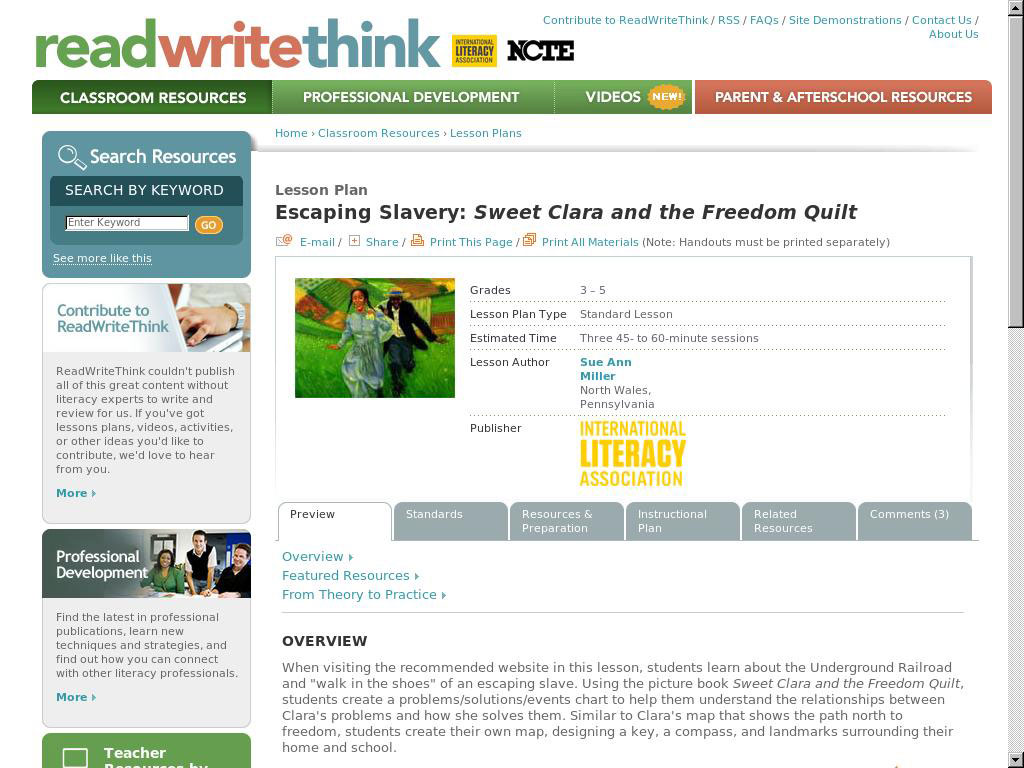Highlighted Resources
Browse All 26 Resources
Educational curriculum from an exhibit at the National Museum of the American Indian. This exhibition, co-organized by NMAI and the Michigan State University Museum, from October ...
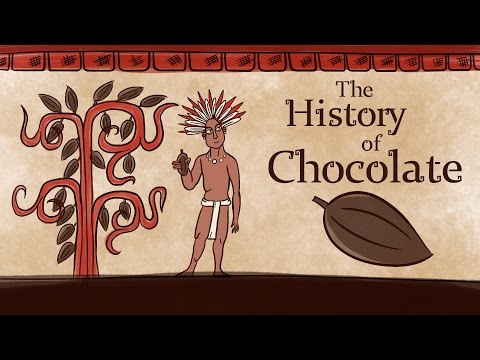
If you can’t imagine life without chocolate, you’re lucky you weren’t born before the 16th century. Until then, chocolate only existed as a bitter, foamy drink in Mesoamerica...
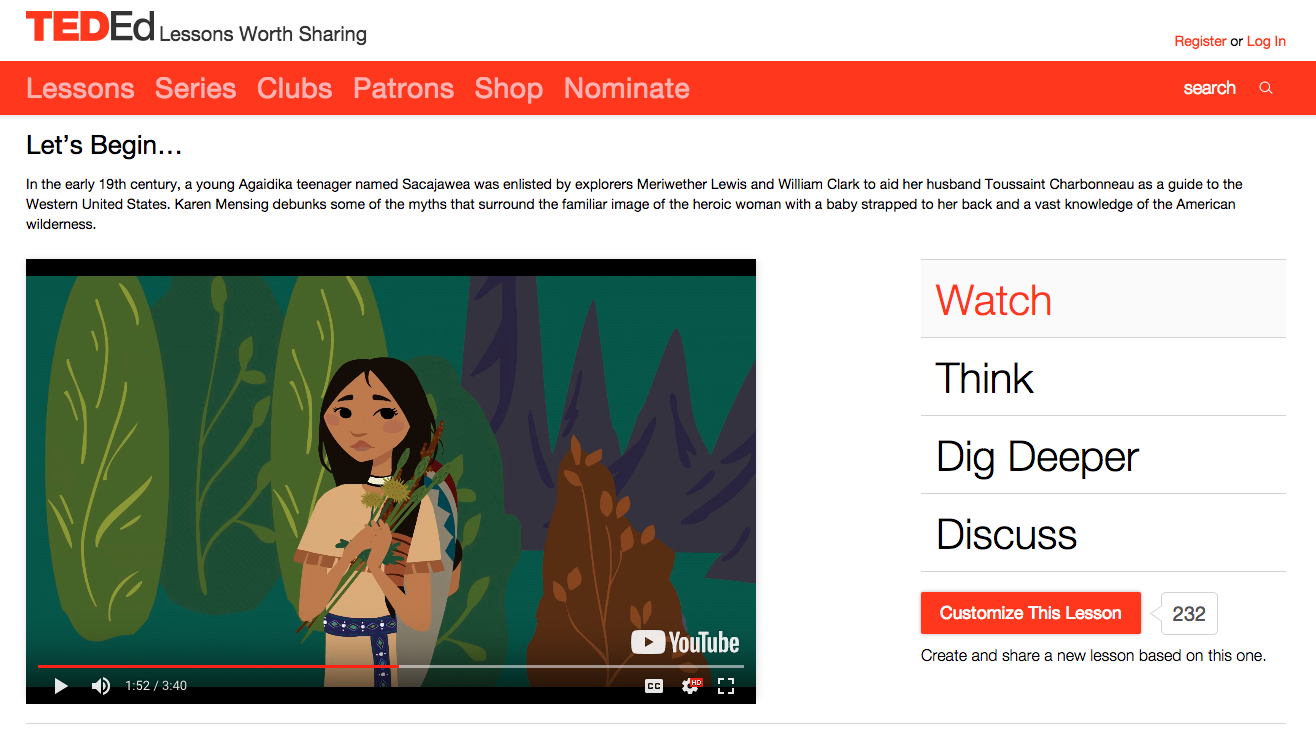
In the early 19th century, a young Agaidika teenager named Sacajawea was enlisted by explorers Meriwether Lewis and William Clark to aid her husband Toussaint Charbonneau as a guid...
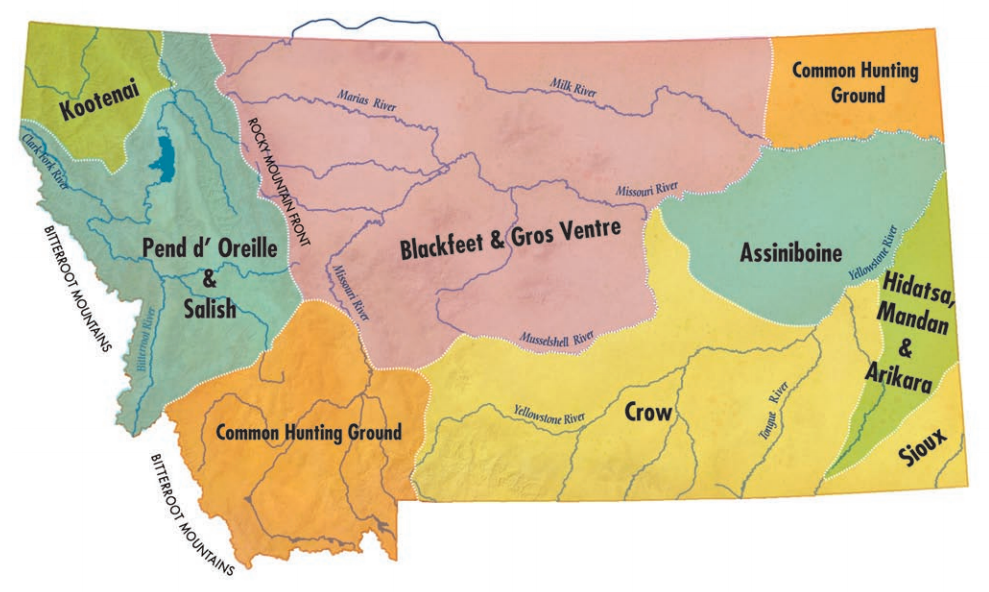
Self-determination is the current policy period for Indian America. There are many ways in which tribes and individuals are exercising their right to control their own destiny in a...
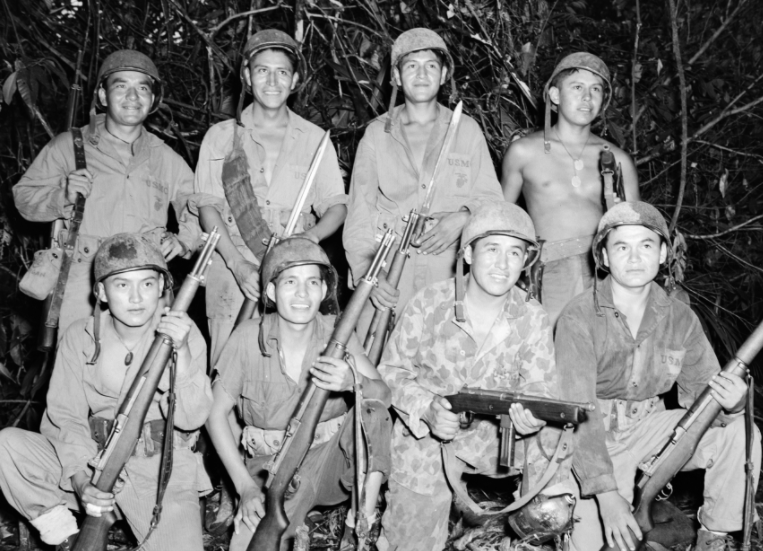
During World War I and World War II, hundreds of American Indians joined the United States armed forces and used words from their traditional tribal languages as weapons. The Unite...
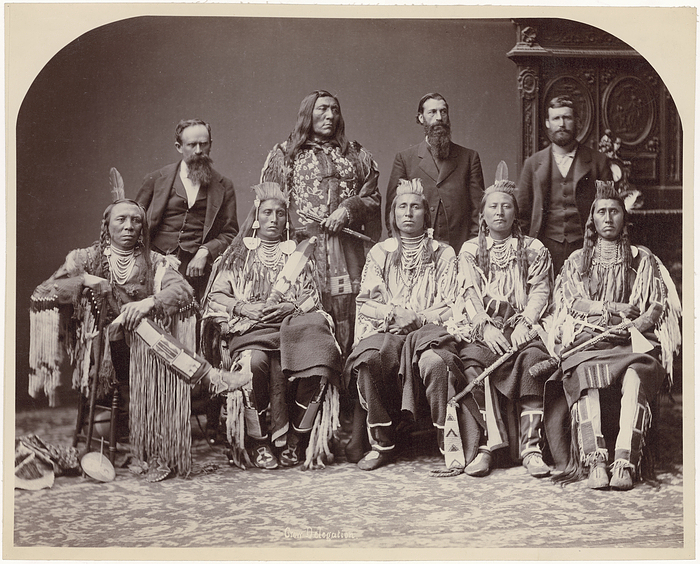
In this Smithsonian Learning Lab collection developed by the National Museum of the American Indian Education Office, learner's explore how compromise has been used to end ongoing...

This Smithsonian Learning Lab collection comes from an American Indian Heritage Month family festival focusing on Tlingit culture from the northwest coast of America. Included here...
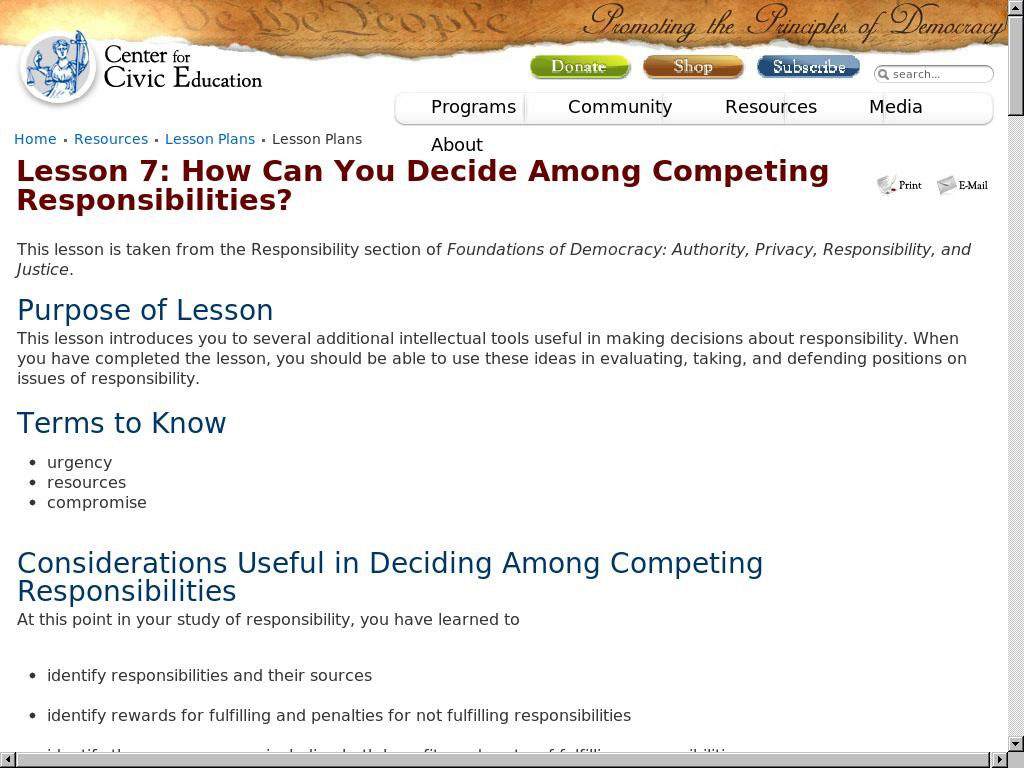
This lesson introduces you to several additional intellectual tools useful in making decisions about responsibility. When you have completed the lesson, you should be able to use t...
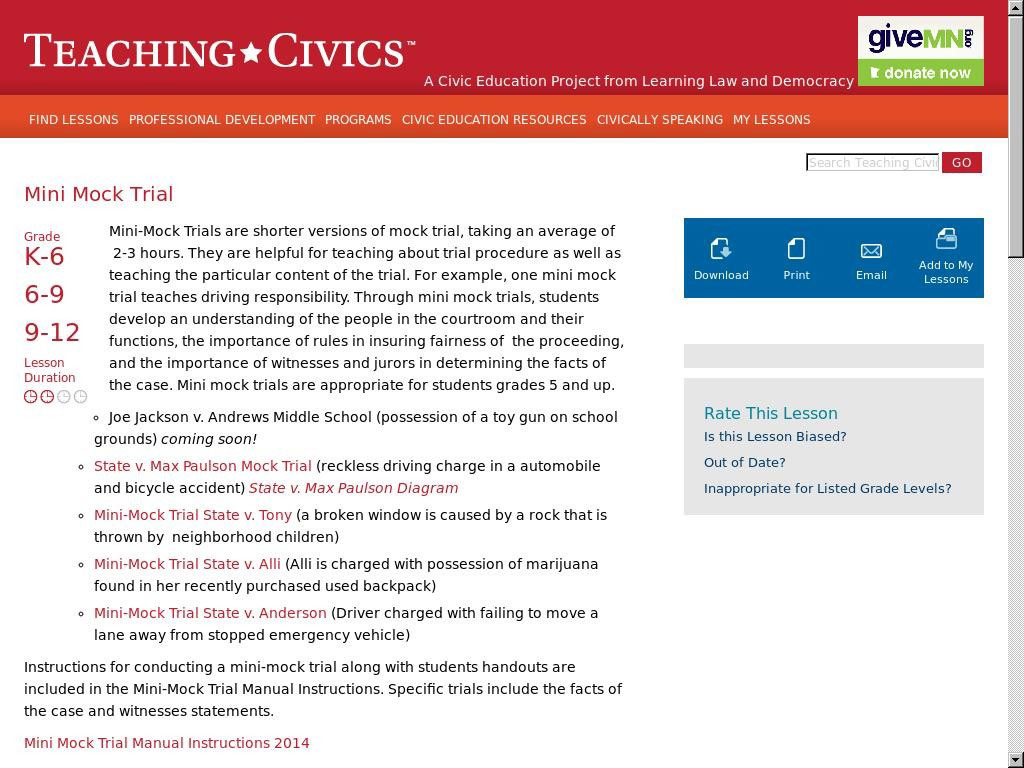
Mini-Mock Trials are shorter versions of mock trial, taking an average of 2-3 hours. They are helpful for teaching about trial procedure as well as teaching the particular content ...
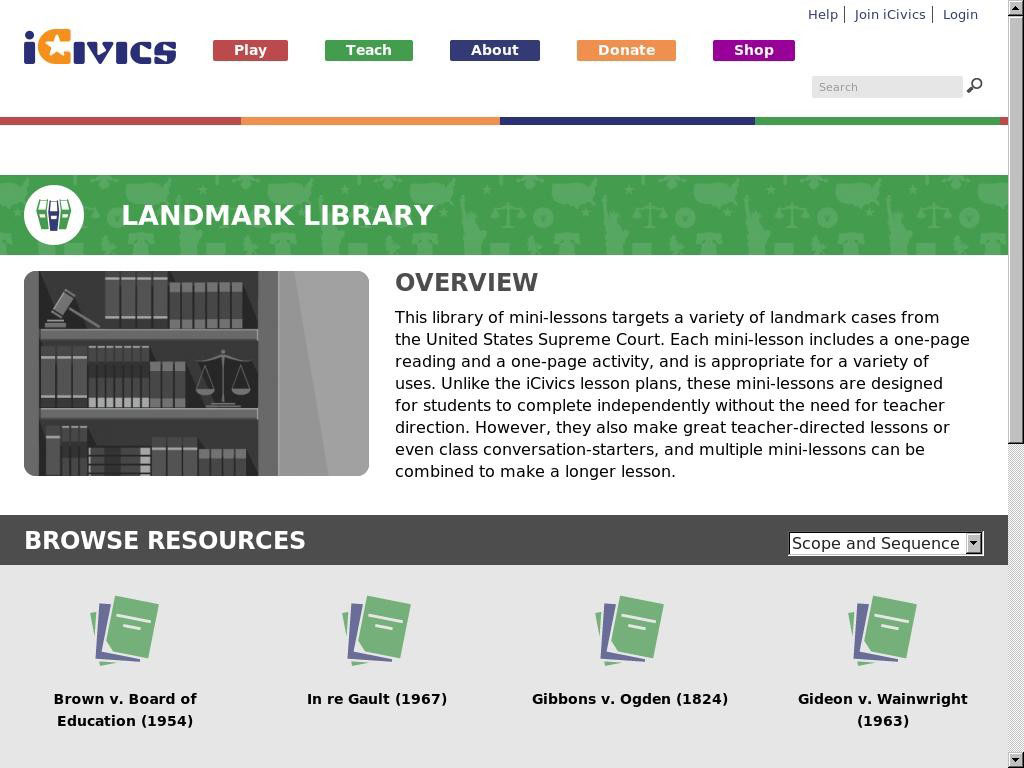
This library of mini-lessons targets a variety of landmark cases from the United States Supreme Court. Each mini-lesson includes a one-page reading and a one-page activity, and is ...
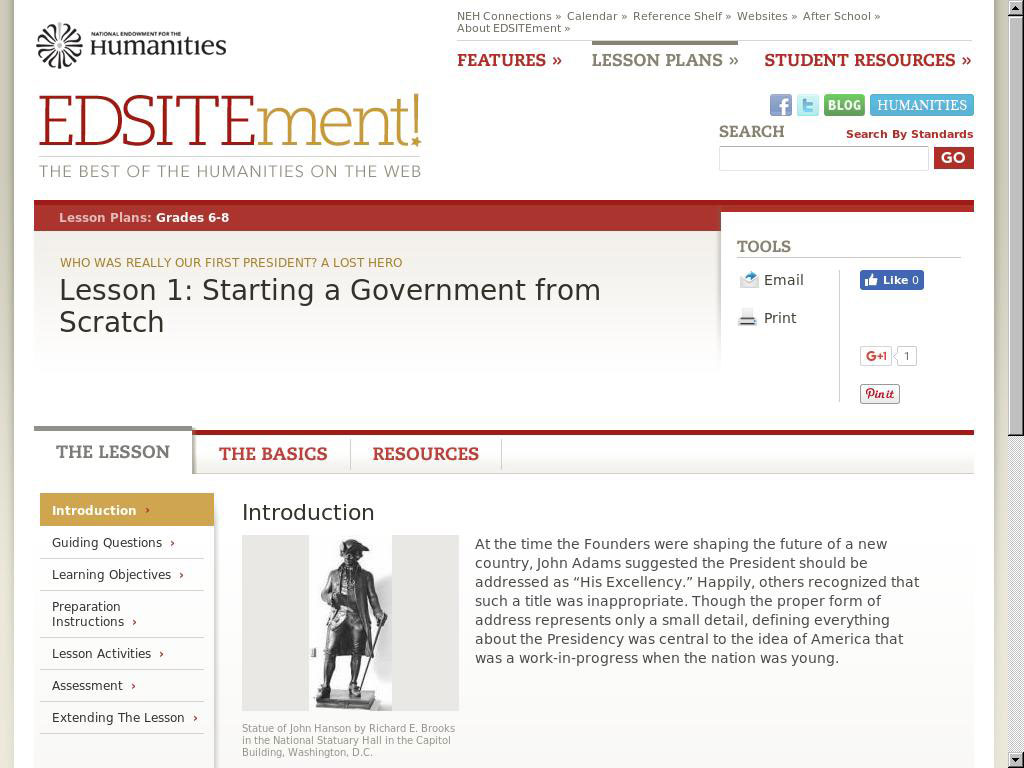
At the time the Founders were shaping the future of a new country, John Adams suggested the President should be addressed as H"is Excellency" Happily, others recognized that such a...

This third grade lesson is part of a Government and Citizenship unit. This unit is designed for students to understand that communities and nations need laws and leaders to help pr...
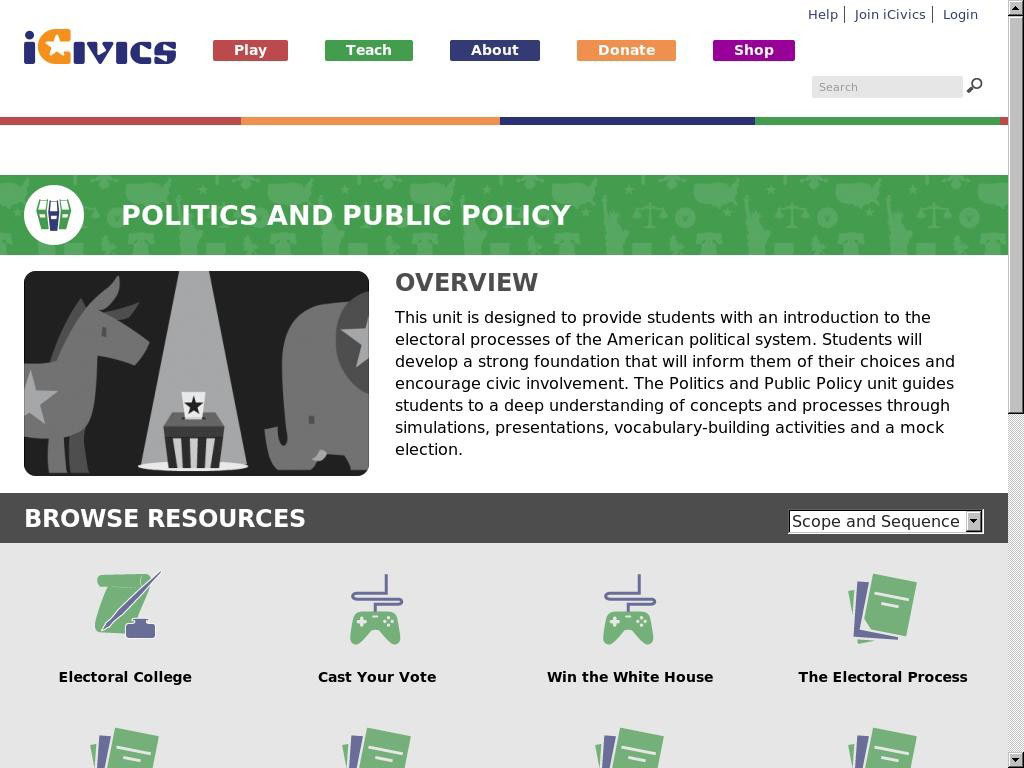
This unit is designed to provide students with an introduction to the electoral processes of the American political system. Students will develop a strong foundation that will inf...
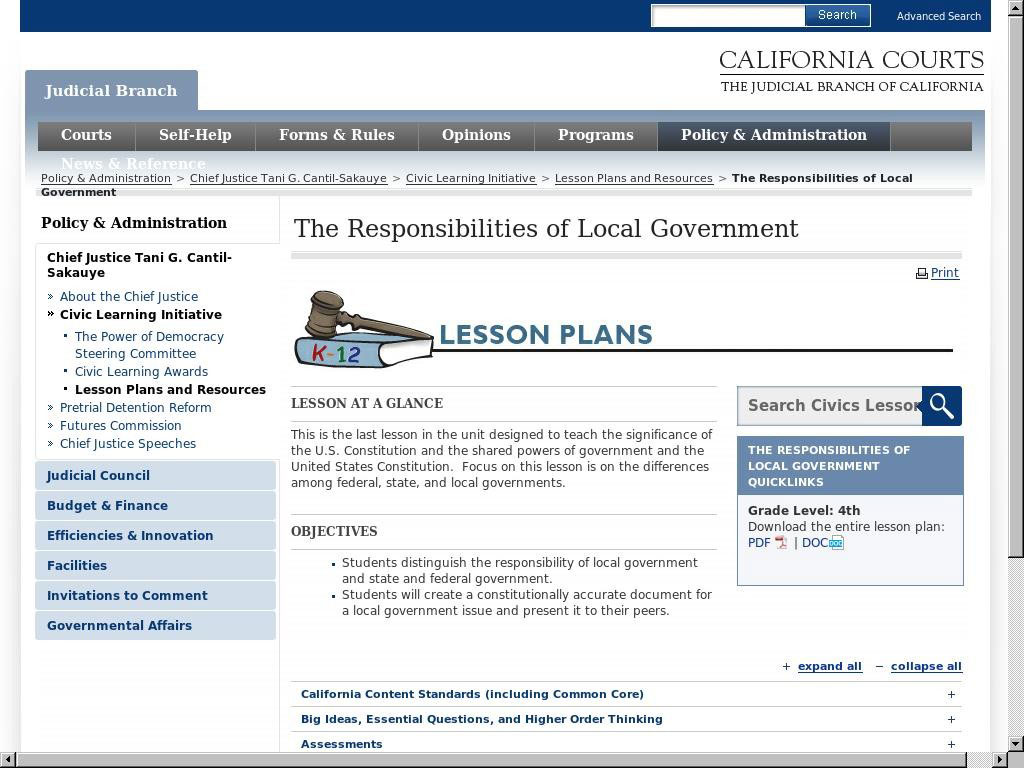
This is the last lesson in the unit designed to teach the significance of the U.S. Constitution and the shared powers of government and the United States Constitution. Focus on thi...
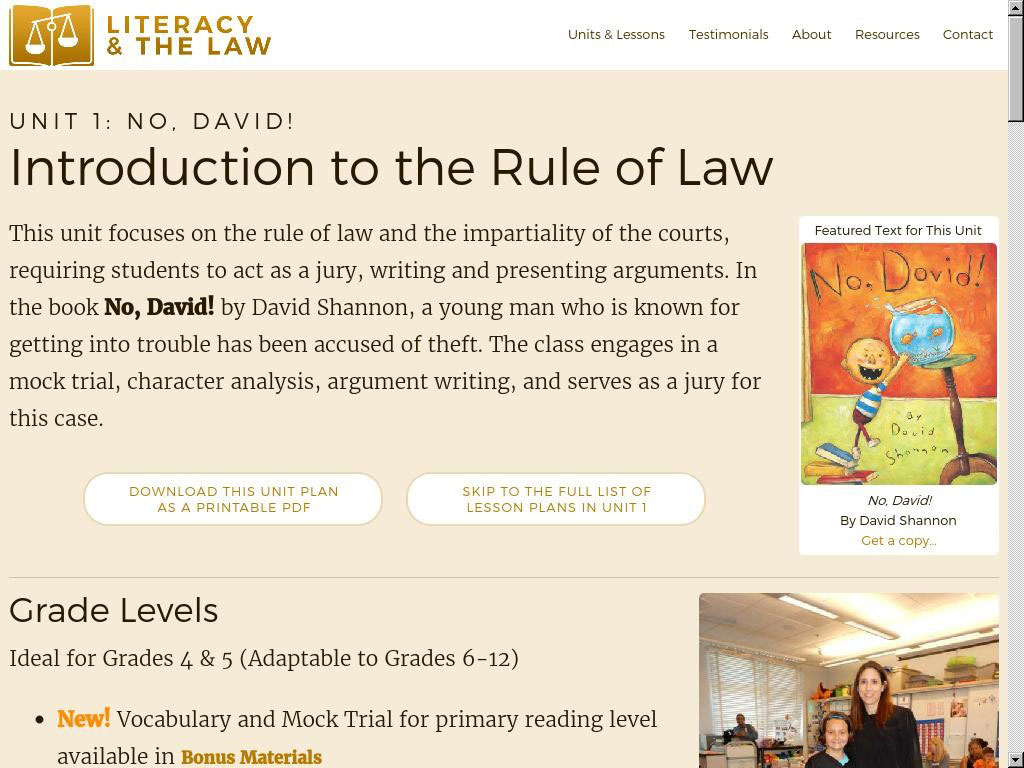
This unit focuses on the rule of law and the impartiality of the courts, requiring students to act as a jury, writing and presenting arguments. In the book No, David! by David Shan...
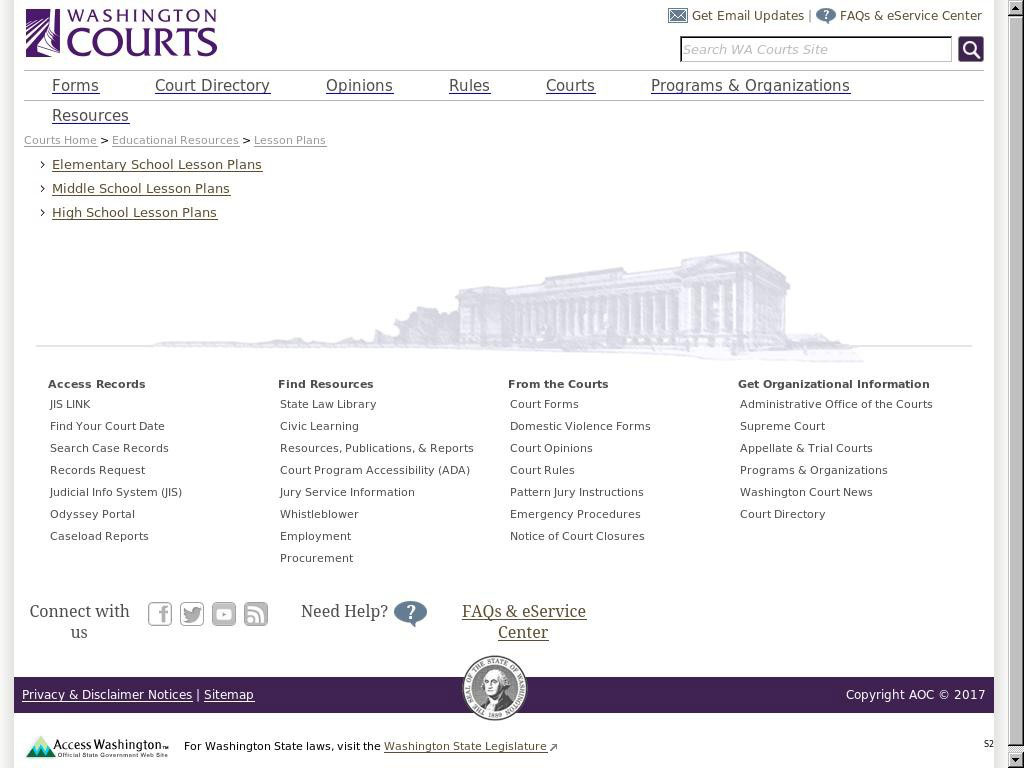
Students will analyze the concept of procedural justice by: identifying in a play the unfair decisions by the ruler, stating the procedural guarantees that ought to be included in ...
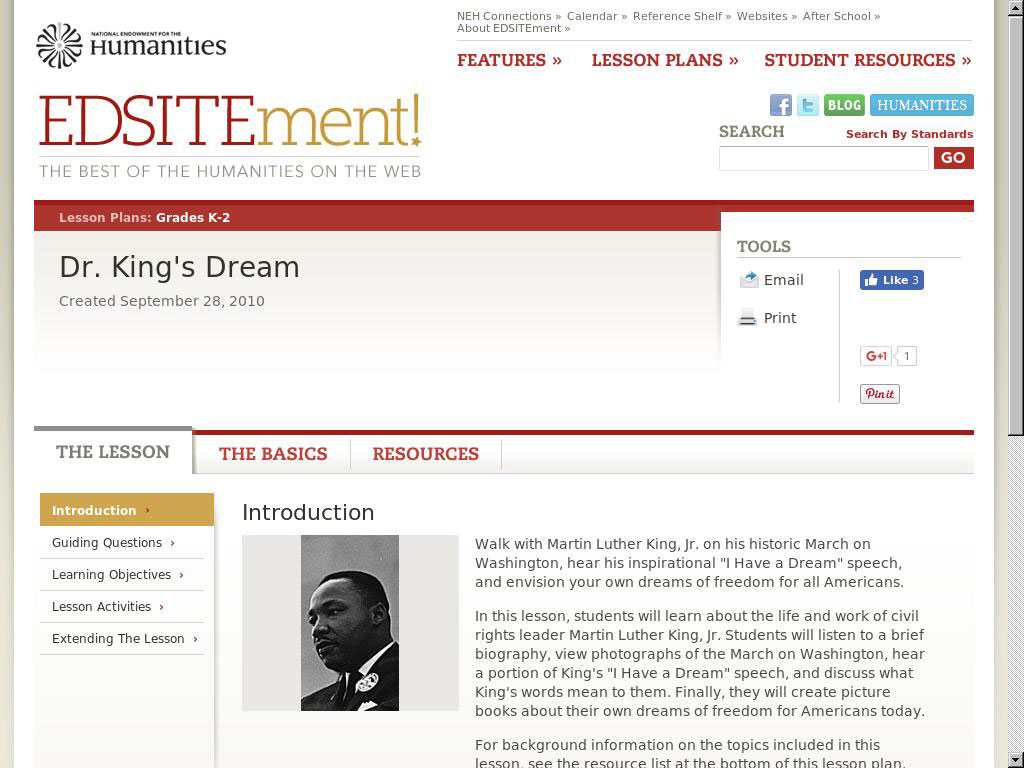
After this lesson, students will have learned about the life and work of Martin Luther King, Jr. reflected on a section of King's "I Have a Dream" speech become aware of inequities...
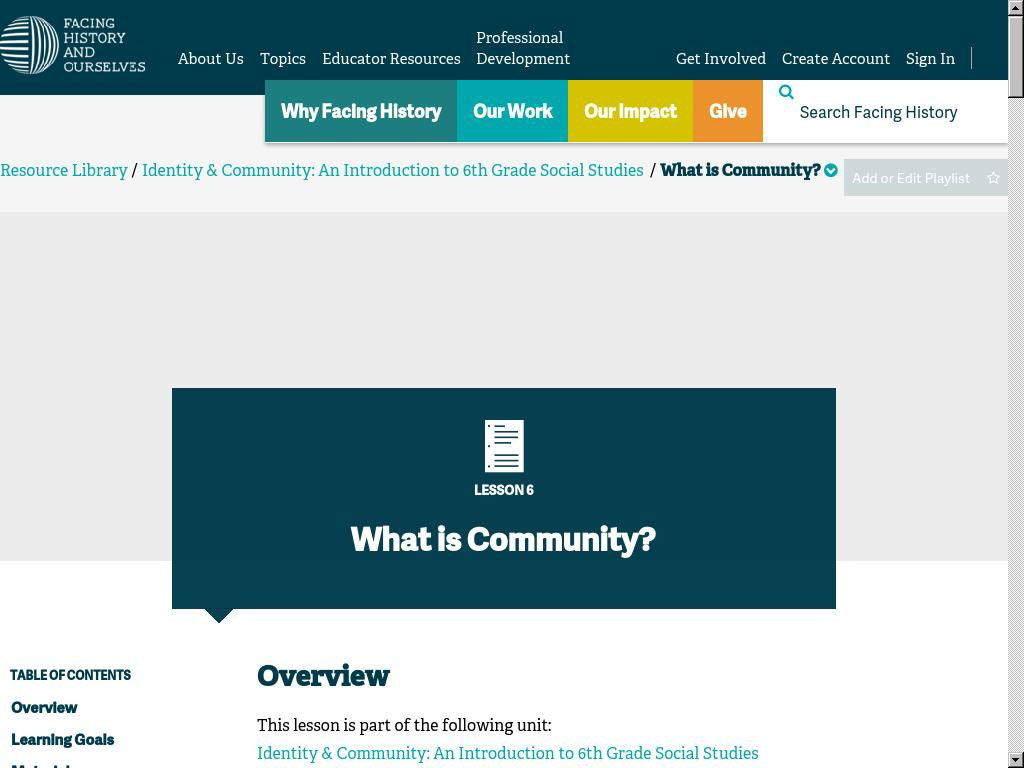
An Introduction to 6th Grade Social Studies With Lesson 6, students move away from the study of individuals to the study of groups of people. An investigation of world history is ...
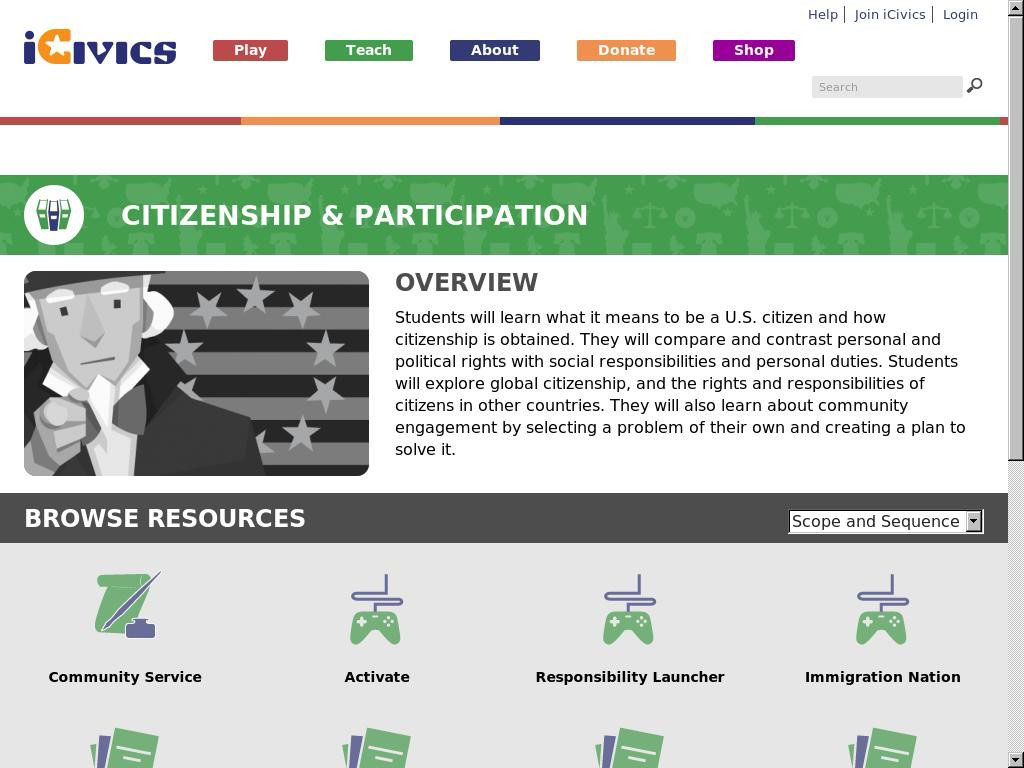
Students will learn what it means to be a U.S. citizen and how citizenship is obtained. They will compare and contrast personal and political rights with social responsibilities an...

